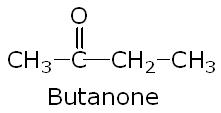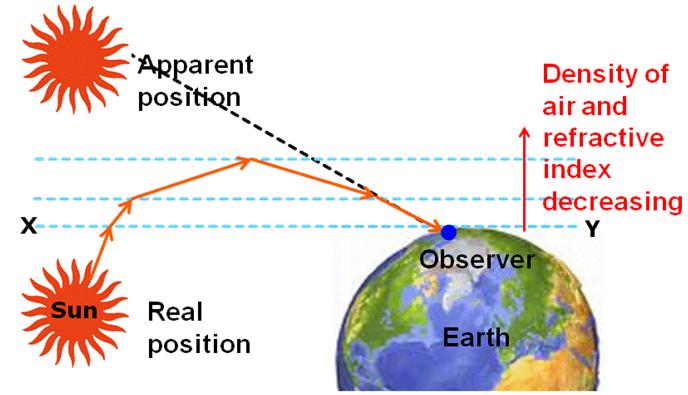Science:2011:CBSE:[All India]:Set-II
To Access the full content, Please Purchase
-
Q1
What is the colour of scattered sunlight when the size of the scattering particles is relatively large?
Marks:1View AnswerAnswer:
When the size of the scattering particles is relatively large, then the scattered light will appear white.
-
Q2
Draw the structure of Butanone molecule, CH3COC2H5.
Marks:1View AnswerAnswer:

-
Q3
Why is it necessary to conserve our environment?
Marks:1View AnswerAnswer:
It is necessary to conserve our environment to maintain balance in nature.
-
Q4
Distinguish between biodegradable and non-biodegradable wastes.
Marks:1View AnswerAnswer:
Biodegradable wastes
Non-biodegradable wastes
Substances that are broken down by biological processes are called biodegradable wastes.
Substances that are not broken down by biological processes are non-biodegradable wastes.
Example – Paper
Example – Plastic
-
Q5
State any four characteristics of the image of an object formed by a plane mirror.
Marks:2View AnswerAnswer:
The four characteristics of images formed by a plane mirror are:
(i) The image formed by a plane mirror is always virtual and erect.
(ii) Size of the image formed by plane mirror is equal to that of the object.
(iii) The image formed by plane mirror is at same distance behind the mirror as the object is in front of the mirror.
(iv) The image formed by plane mirror is laterally inverted. -
Q6
Explain with the help of a diagram, how we are able to observe the sunrise about two minute before the sun gets above the horizon.
Marks:2View AnswerAnswer:
We are able to observe the sunrise about two minutes before the sun gets above the horizon because of atmospheric refraction in which light bends gradually as shown in figure.

-
Q7
In the modern periodic table, the element Calcium (atomic number=20) is surrounded by elements with atomic numbers 12, 19, 21 and 38. Which of these elements has physical and chemical properties resembling those of Calcium and why?
Marks:2View AnswerAnswer:
The atomic number of calcium is 20. Therefore, its electronic configuration is 2,8,8,2. Hence, calcium is placed in group-2 of the modern periodic table.
The electronic configurations of elements having atomic number 12 and 38 are 2,8,2 and 2,8,18,8,2 respectively. Due to same general electronic configuration, these two are also placed in group-2 and hence, these elements will have physical and chemical properties resembling those of calcium. -
Q8
List any four reasons for vegetative propagation being practiced in the growth of some type of plants.
Marks:2View AnswerAnswer:
Vegetative propagation is being practiced in the growth of some types of plants because:
i. Plants raised by vegetative propagation can bear fruits and flowers earlier than usual.
ii. It is the only means of reproduction for plants that have lost the capacity of producing seeds.
iii. Plants produced through this method have similar genetic characteristics of their parents.
iv. This method is also used for agricultural purposes in commercial production of some plants such as sugarcane, grapes. -
Q9
List any four disadvantages of using fossil fuels for the production of energy.
Marks:2View AnswerAnswer:
Four disadvantages of using fossil fuels for the production of energy are:
i. Burning of coal and petroleum produces a lot of pollutants causing air pollution.
ii. Fossil fuels release oxides of carbon, nitrogen, sulphur etc. that cause acid rain, which affects the soil fertility and potable water.
iii. Burning of fossil fuels produce gases such as carbon dioxide that causes global warming.
iv. Since fossil fuels are non-renewable, it would take millions of years to form. -
Q10
Give two examples for each of the following:
i. Renewable sources of energy
ii. Non-renewable sources of energy.Marks:2View AnswerAnswer:
i. Solar and wind energy
ii. Coal and petroleum



